Confederate General "Stonewall"
|
|
|
|

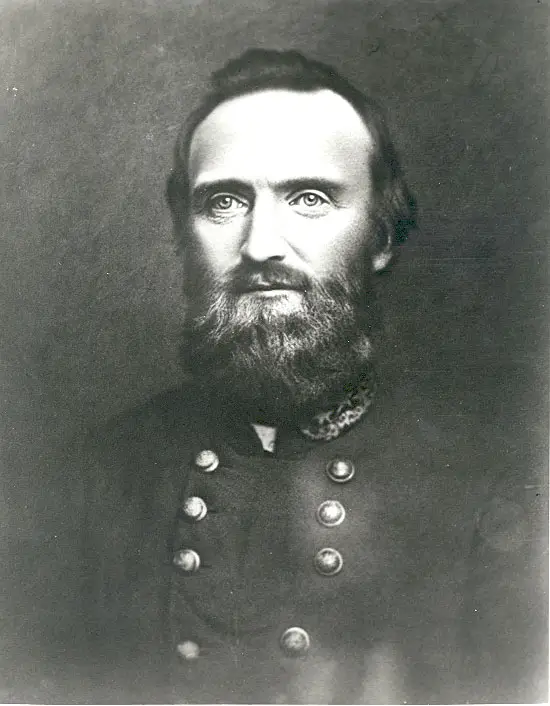
|
 Jackson's Brigade Standing Like a Stone Wall before the Federal Onslaught at Bull Run Fine-Art Print 18" x 24" 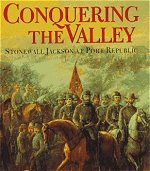 Conquering The Valley Using accurate background information as well as anecdotal material, eyewitness accounts, and new primary sources, a historic narrative outlines the events surrounding the Civil War battles at Port Republic and Cross Keys Kindle Available 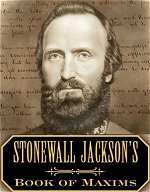 Stonewall Jackson's Book of Maxims While a cadet at West Point, Jackson collected maxims as part of his quest for status as a gentleman, and in the mid-1850s he carefully inscribed these maxims in a personal notebook, which disappeared after his death in 1863. In the 1990s, the author discovered the long-lost book of maxims in the archives of Tulane University  PCN Tours: Wounding of Stonewall Jackson - The Battle of Chancellorsville 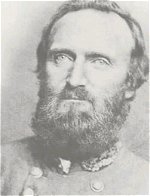 Attack of Stonewall Jackson at Chancellorsville The cadenced ranks of Lieutenant General Thomas J. Stonewall Jackson's Confederates. The gray-clad Southerners plowed into the Union defense Kindle Available  Stonewall Jackson at Cedar Mountain At Cedar Mountain on August 9,1862, Stonewall Jackson exercised independent command of a campaign for the last time 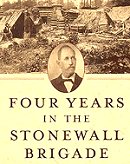 Four Years in the Stonewall Brigade Forthright confessions of service years in the Army of Northern Virginia stand among the most sought after and cited accounts by a Confederate soldier. First published in 1893 and significantly revised and expanded in 1906 Listen Download and Copy Stonewall Jackson's Way |
DVD 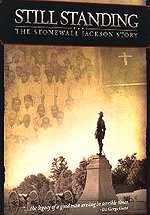 Still Standing: The Stonewall Jackson Story The life of Stonewall Jackson from his orphaned childhood, to the Sunday School class he taught for African Americans that has resulted in a lasting impact today, to the pivotal role he played as a General in the Civil War |
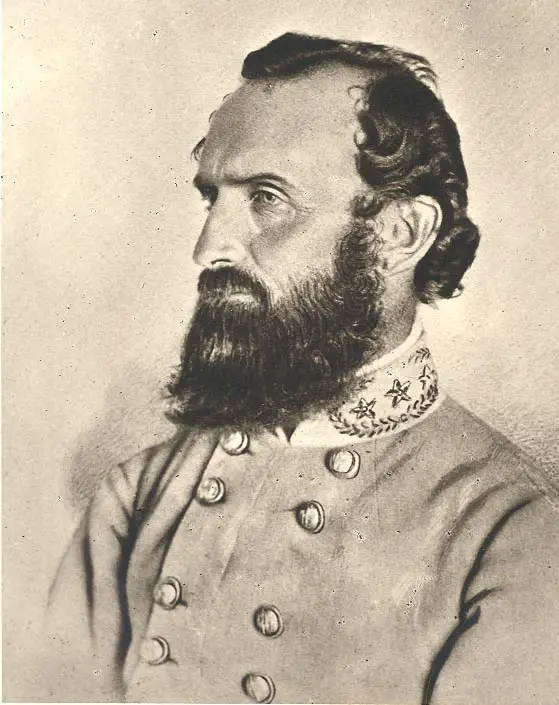 |
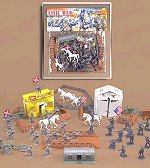 72 Piece Civil War Army Men Play Set 52mm Union and Confederate Figures, Bridge, Horses, Canon
|
Confederate Book Titles First Battle at Bull Run Confederate Commanders Confederate General Robert E. Lee Confederate President Jefferson Davis Civil War Submarines Kids Zone Battle of Gettysburg Kids Zone Underground Railroad Civil War Exhibits Civil War Summary Civil War Women State Battle Maps |
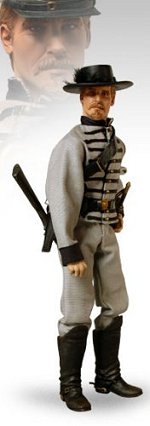 Confederate Cavalry Collectible |
 Nathan Bedford Forrest In Search of the Enigma The lost story of Nathan Bedford Forrest. Forrest was a pivotal character in the war, yet so much of his story has been swept aside in light of General Lee and other figures who were more recognized or perhaps more publicized. This is a must read |
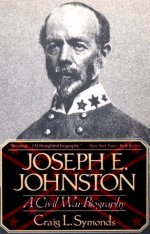 Joseph E. Johnston: A Civil War Biography A biography of the public and private life of General Joseph E. Johnston, one of the most important Southern field commanders during the American Civil War |
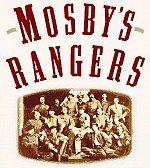 Mosby's Rangers From 1863 to the end, Mosby's raiders were a constant headache for the North. More than 1,000 men served under Mosby, they usually acted in small detachments of several dozen, sacking supply depots, attacking railroads, and harassing federal troops. They seemed to move behind enemy lines almost at will. |
Kindle Available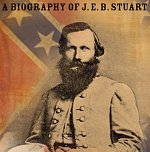 Cavalryman of the Lost Cause A Biography of J. E. B. Stuart James Ewell Brown Stuart was the premier cavalry commander of the Confederacy. He gained a reputation for daring early in the war when he rode around the Union army in the Peninsula Campaign, providing valuable intelligence to General Robert E. Lee at the expense of Union commander George B. McClellan |
Kindle Available Pickett's Charge The Last Attack at Gettysburg Pickett's July 3, 1863 charge up Cemetery Ridge is the climactic event of the Battle of Gettysburg and the defining moment of the Civil War. |
Kindle Available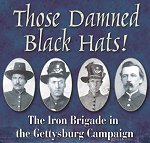 Those Damned Black Hats! The Iron Brigade in the Gettysburg Campaign Memorable Battles at South Mountain, Antietam, Chancellorsville, Mine Run, the Overland Campaign, and the grueling fighting around Petersburg. None of these battles compared with the "four long hours" of July 1, 1863, at Gettysburg, where the Iron Brigade was all but wrecked |
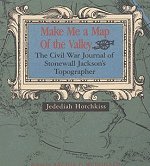 Make Me a Map of the Valley: The Civil War Journal of Stonewall Jackson's Typographer In this book you can definitely tell that the writer thought Early was beyond his depth, that Ewell was lazy and that Jackson was hopeless without accurate maps. His comments on price inflation, desertions and politics are interesting |
 Stonewall Jackson at Gettysburg In this imaginative "what if" novel, Stonewall survives his accidental wounding at the Battle of Chancellorsville and now this legendary general leads the advance of Lee's Confederate Army as it invades the North. |
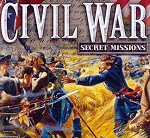 History Channel Civil War Secret Missions There are about a half-dozen different small arms types, but the Henry is the best for rapid repeating fire and least reloading. The shotgun they give you is useless: you must aim spot-on to affect an enemy, so why not just use the rifle? Grenades are useful at times. |
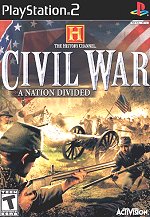 History Channel Civil War A Nation Divided Rally the troops and organize a counterattack -- Your strategic decision and talent as a commander will decide if the Union is preserved or if Dixie wins its independence |
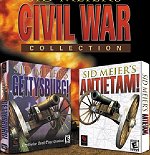 Sid Meier's Civil War Collection Take command of either Confederate or Union troops and command them to attack from the trees, rally around the general, or do any number of other realistic military actions. The AI reacts to your commands as if it was a real Civil War general, and offers infinite replayability. The random-scenario generator provides endless variations on the battles |
 Antietam: Battleground 5 PC Game focuses on individual areas of the battle, including the pre-battle South Mountain delaying action, or you can fight the whole Antietam scrap between McClellan and Lee on September 17th 1862 |
| Search AmericanCivilWar.com |
| Enter the keywords you are looking for and the site will be searched and all occurrences of your request will be displayed. You can also enter a date format, April 19,1862 or September 1864. |